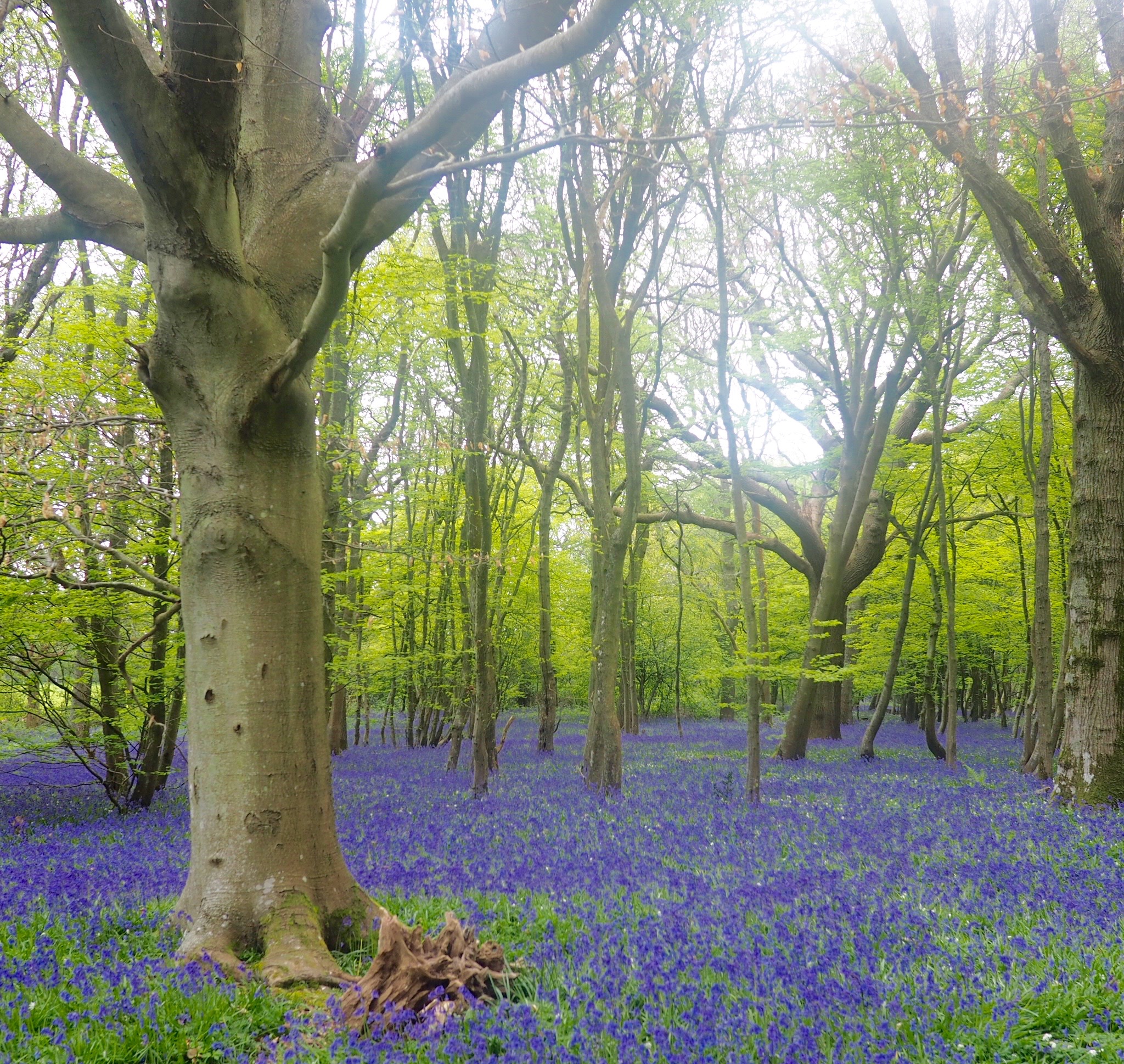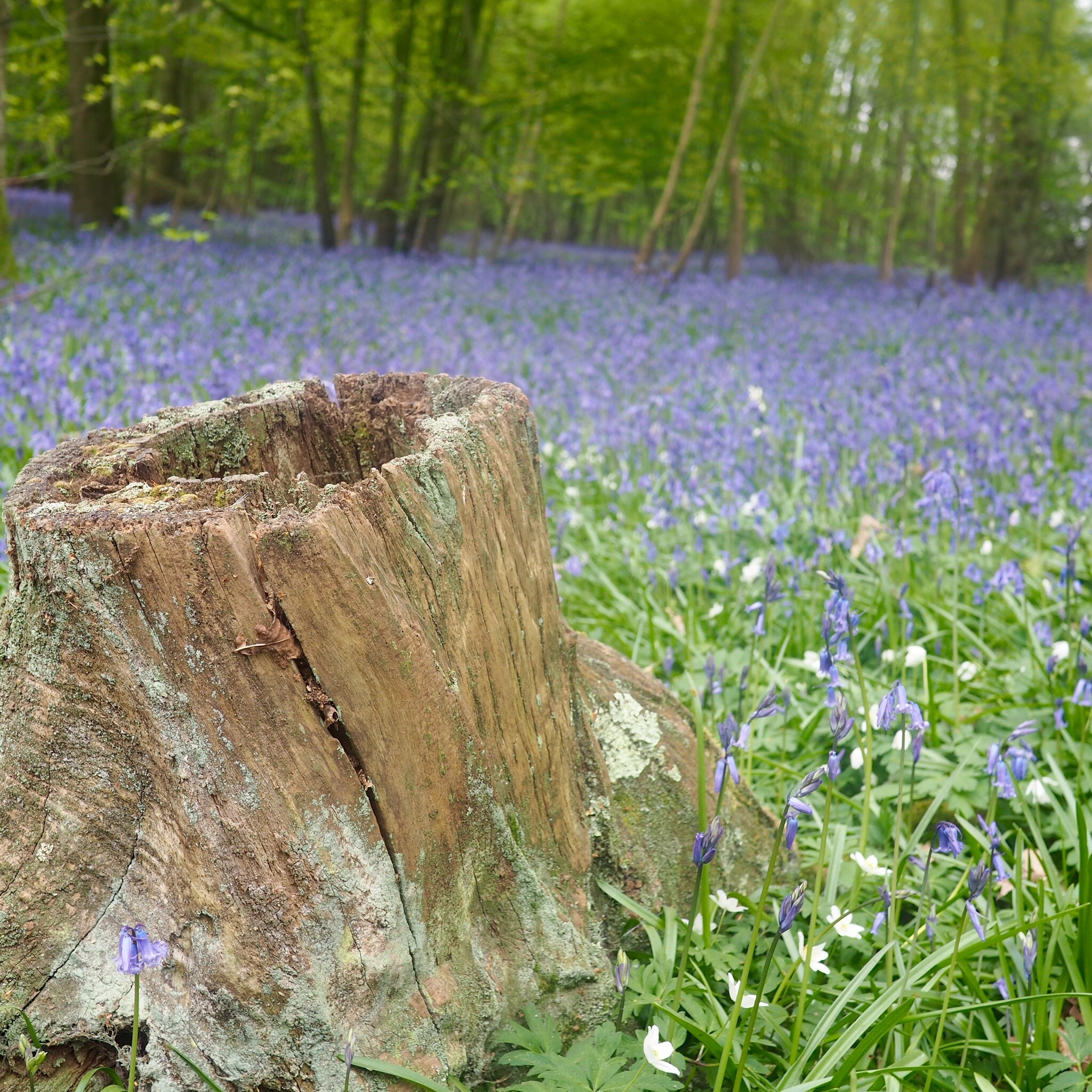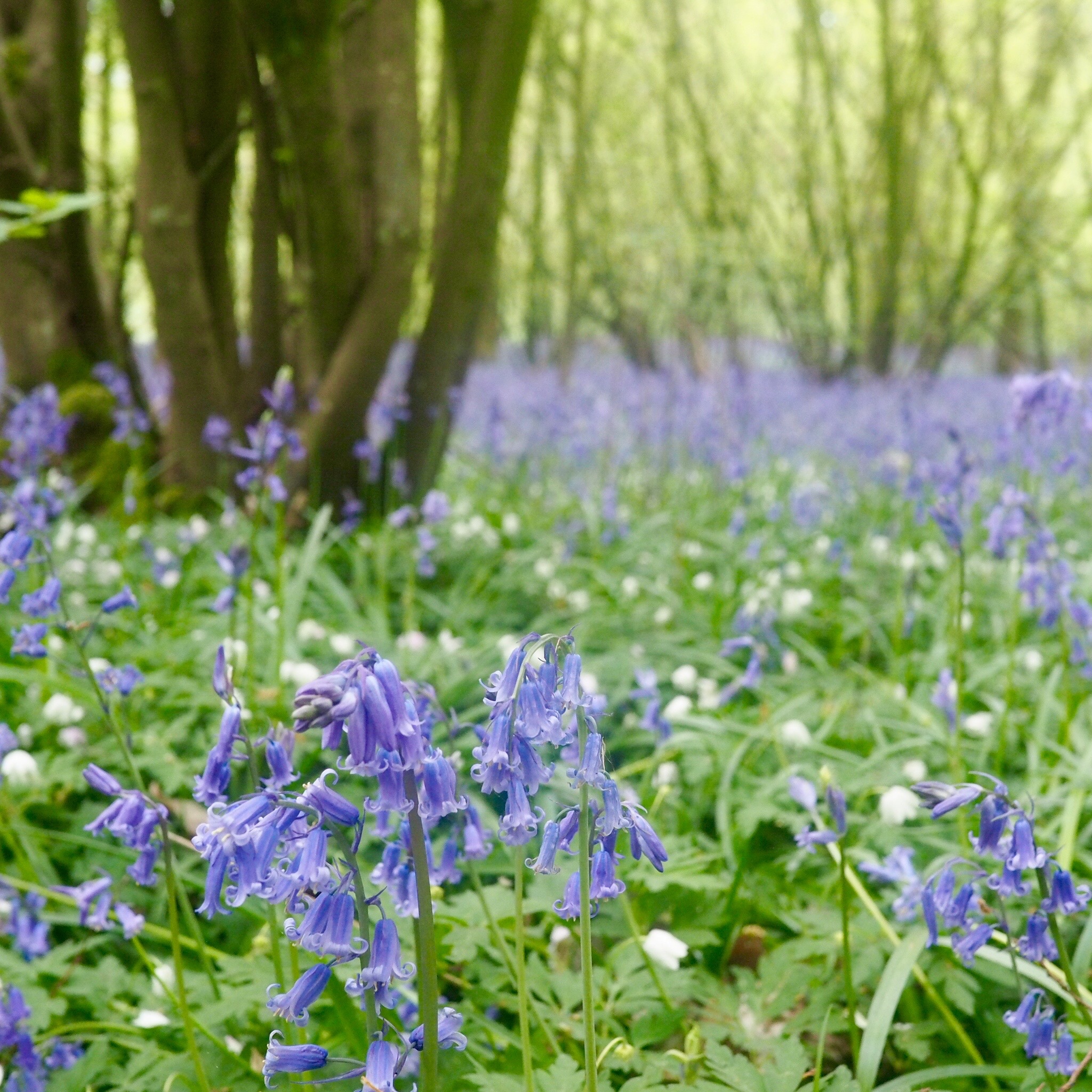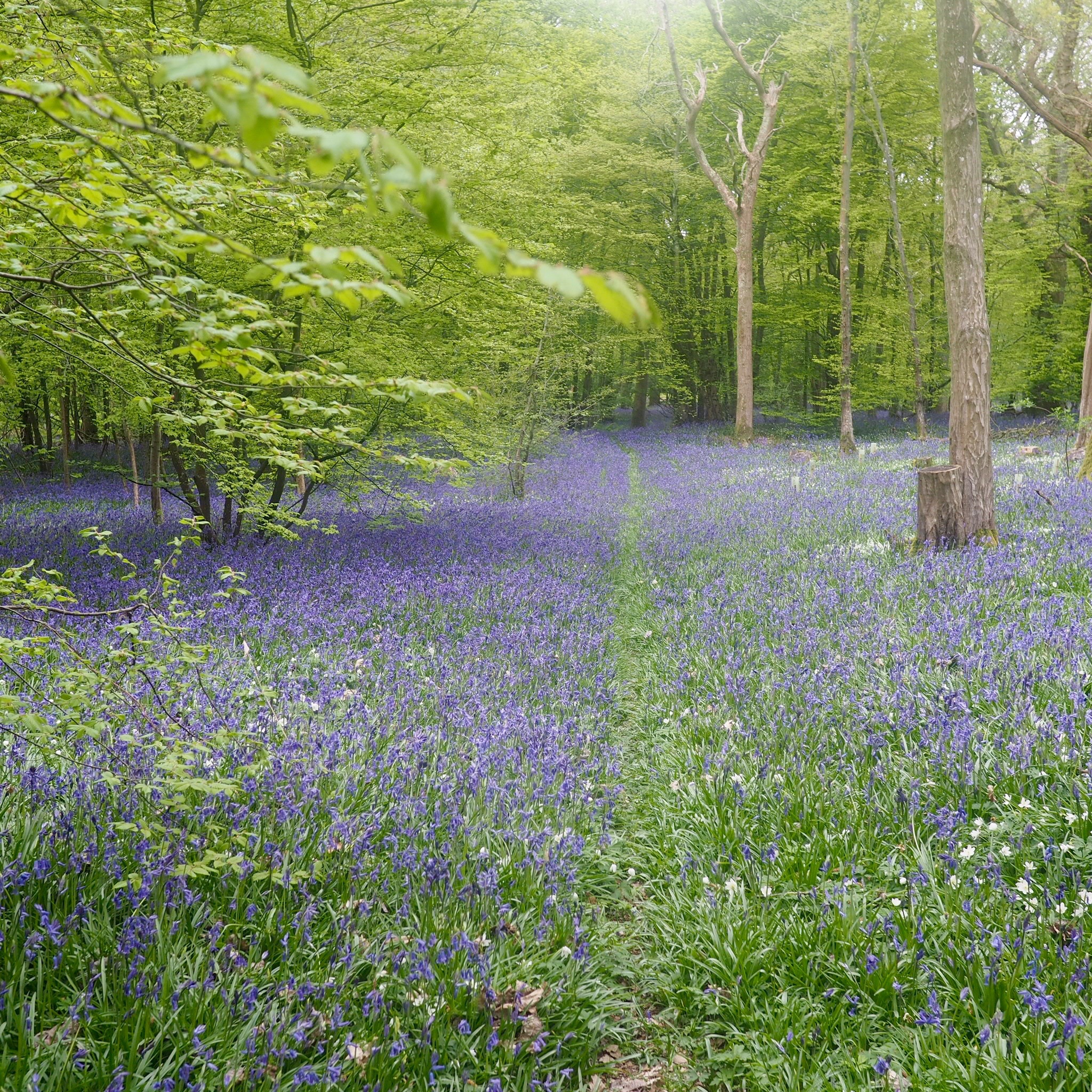BLUEBELL JOY
The bluebells in the UK are stunning in Spring, so I thought I would share with you my favourite images from a wonderful walk at Arlington in East Sussex, followed by an excellent afternoon tea. I have joined a Meetup Group in Brighton who arranged all sorts of get togethers, from movies to walks,, a great site to visit wherever you live in the world to find other people who share your passions and interests. You never know who’ll you meet!
As a passionate photographer, this walk through the carpets of bluebells was so creatively inspiring I just couldn't stop taking pics, and there was always someone to hold my dog, who, for obvious reasons, had to stay on his lead. Hope you enjoy.
And in case you want some more information about this precious English flower, here are some interesting facts about bluebells courtesy of the Woodland Trust. Makes a fascinating read.
Bluebells only flower between mid-April and late May.
This early flowering makes the most of the sunlight that reaches the woodland floor before the full woodland canopy casts its shade. Millions of bulbs may grow closely together in one wood, creating one of nature’s most stunning displays.
Where: almost half the world's population of bluebells grow here in the UK. You'll find them in broadleaved woodland, along hedgerows and in fields.
Value to wildlife:
Bees, hoverflies, butterflies and other insects feed on the nectar of bluebell. Their flowers provide an important early source of nectar.
Bees can 'steal' the nectar from bluebells flowers by biting a hole in the bottom of the bell, reaching the nectar without pollinating the flower.
Material: gummy bluebell sap was used to bind pages into the spines of books. Bronze Age people used bluebell to set feathers upon arrows, known as fletching. Bluebell bulbs were crushed to provide starch for the ruffs of Elizabethan collars and sleeves.
Medicinal: though little used in modern medicine, the bulb has diuretic and styptic properties.
Folklore: according to folklore, one who hears a bluebell ring will soon die! Legend also says that a field of bluebells is intricately woven with fairy enchantments.
Toxicity: All plant parts contain glycosides and are poisonous. The sap can cause contact dermatitis.
Threats
Although still common in Britain, bluebell is threatened locally by:
habitat destruction
collection from the wild
increasing hybridisation with non-native Spanish bluebells.
So there you go. Fascinating stuff. Who knew they were used to make a starch for Elizabethan collars!
I hoe you enjoyed my romp through the blue bell woods and please let me know if you love these wild flowers as much as I do and if you've been out and about enjoying them in our intermittent sunshine!
See you soon,














